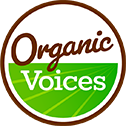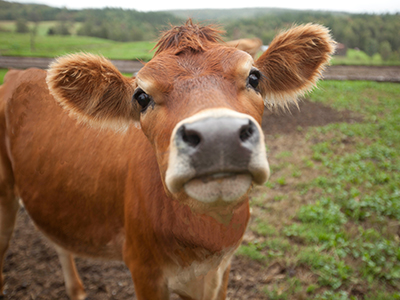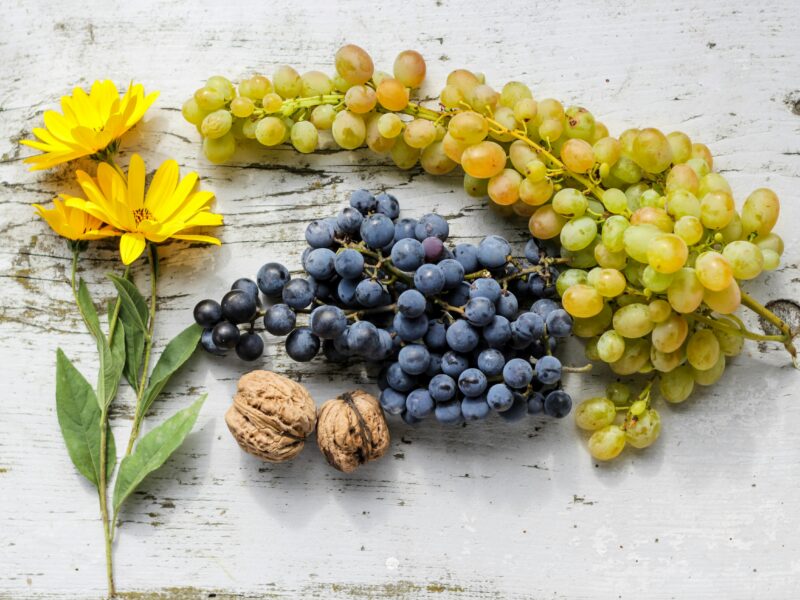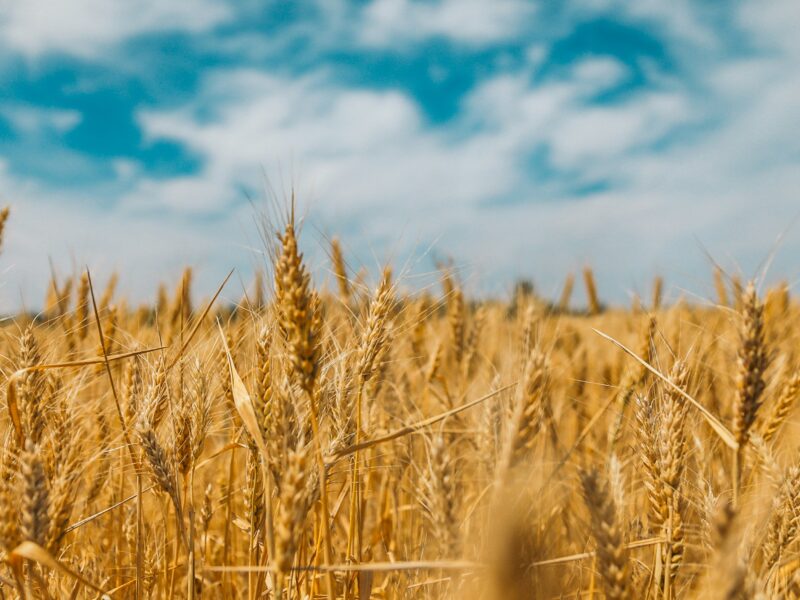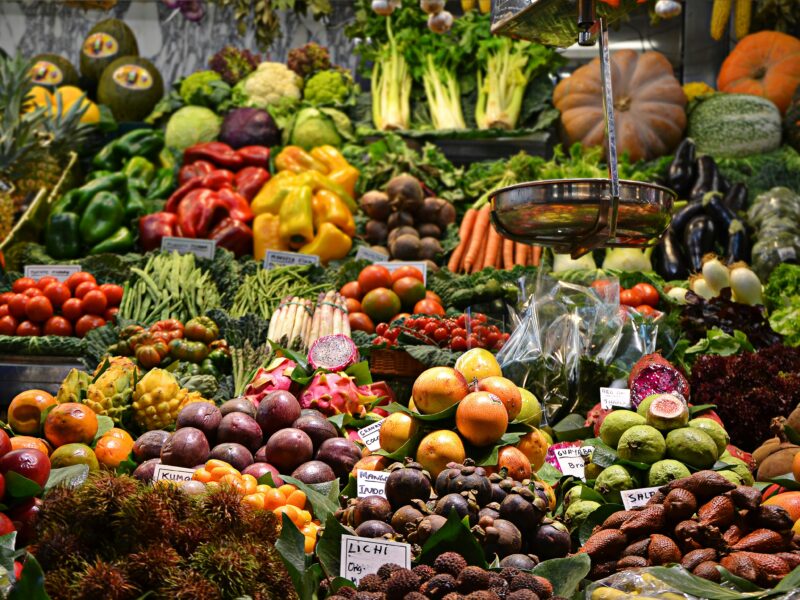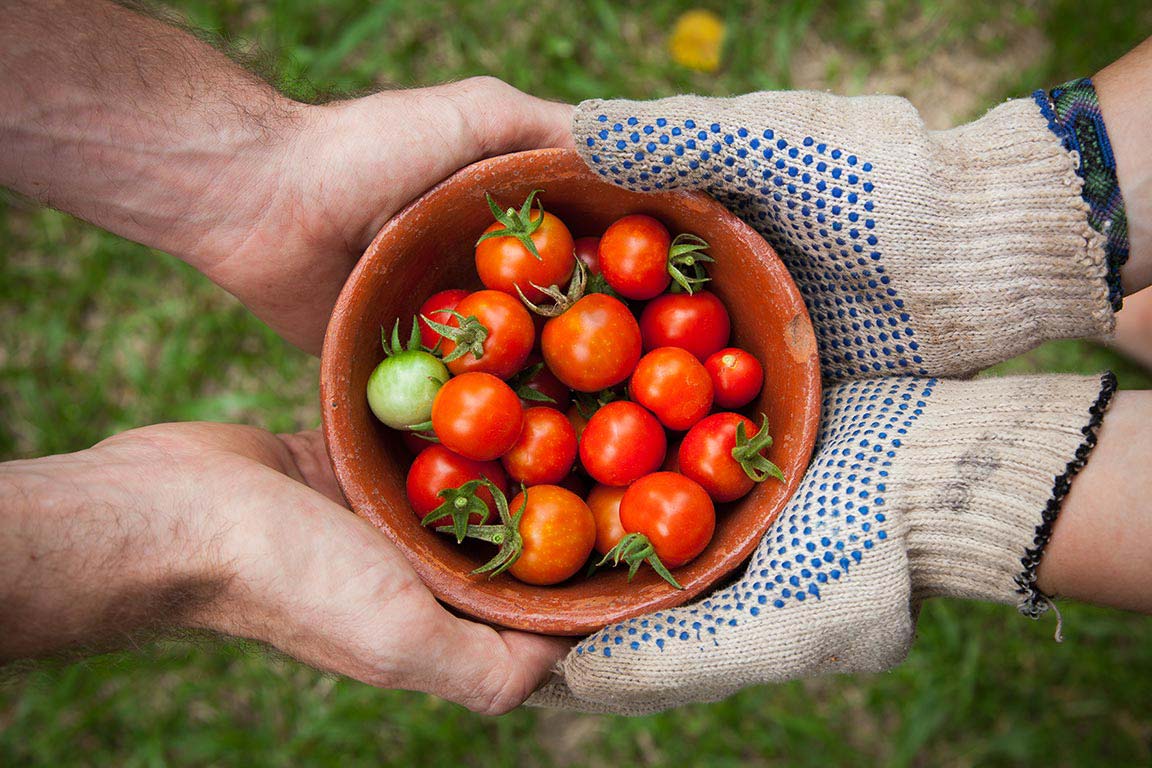By: Connie Rosemont (Only Organic)
When you buy organic butter, you buy a product with three or less ingredients – cream, cultures and salt – but you also buy a food that must comply with 57 specific requirements in order to be sold as “organic.”
Dairy farmers and creameries that put the “USDA ORGANIC” label on their butter are as concerned with what Bessy and Petunia eat as they are with what we, the consumers, eat.
That’s good news, because it means that consumers don’t have to worry about persistent pesticides, antibiotics or growth hormones in their butter.
Nicole Mydy, butter manager at Organic Valley, the largest organic dairy cooperative in the US, says “the reason to buy organic butter is that you’re buying the best butter you can get from a quality perspective.”
Quality starts at the dairy farm, where organic standards require that cows get at least 30 percent of their diet from pasture during the grazing season – a minimum of 120 days. Grass (fresh pasture and hay) is a cow’s natural diet. But what’s even better, the pasture grass and soil can contain no synthetic pesticides. Organic Valley’s Mydy says that its farmers go beyond the minimum organic standards – their cows get 60 percent of their diet on average from organic pasture.
The “points of inspection” continue as the grass moves from cow to milk pail to milk truck to creamery. For example, Mydy says that before OV cooperative dairy milk can be off-loaded from the milk truck, each batch is tested to ensure organic quality standards are met (no antibiotics are present, microbiological quality, no added ingredients). If anything is found that is not allowed, the entire batch of milk on the truck is rejected.
Once the milk has cleared testing, it is separated into skim milk and cream. The cream is sent to Organic Valley’s Chaseburg Creamery in Wisconsin, where it will be churned into butter.
The entire process takes no more than 48 hours from milking time to milk-truck offloading to churning to packaging. Following churning, there are a few final inspections or tests, key among them to verify that the butter is 80-84 percent fat.
For consumers who care about the relationship between diet and their health, there’s even more good news. Recent research has exonerated butter from the charge that it increases the risk of heart disease. Instead, the latest findings suggest that butter’s omega-3 content makes it a healthier choice than margarine (which must also be at least 80 percent fat).
It’s no surprise, then, that news outlets like the Wall Street Journal and Bloomberg News have reported a significant increase in butter consumption in the US over the past few years and attribute it to the popularity of cooking shows and growing interest in eating simpler, less-processed foods.
The trend of American consumers to cook at home and want chemical-free food is reflected in the overall growth of the US organic food industry, which has grown to $35 billion a year, according to the Organic Trade Association.
